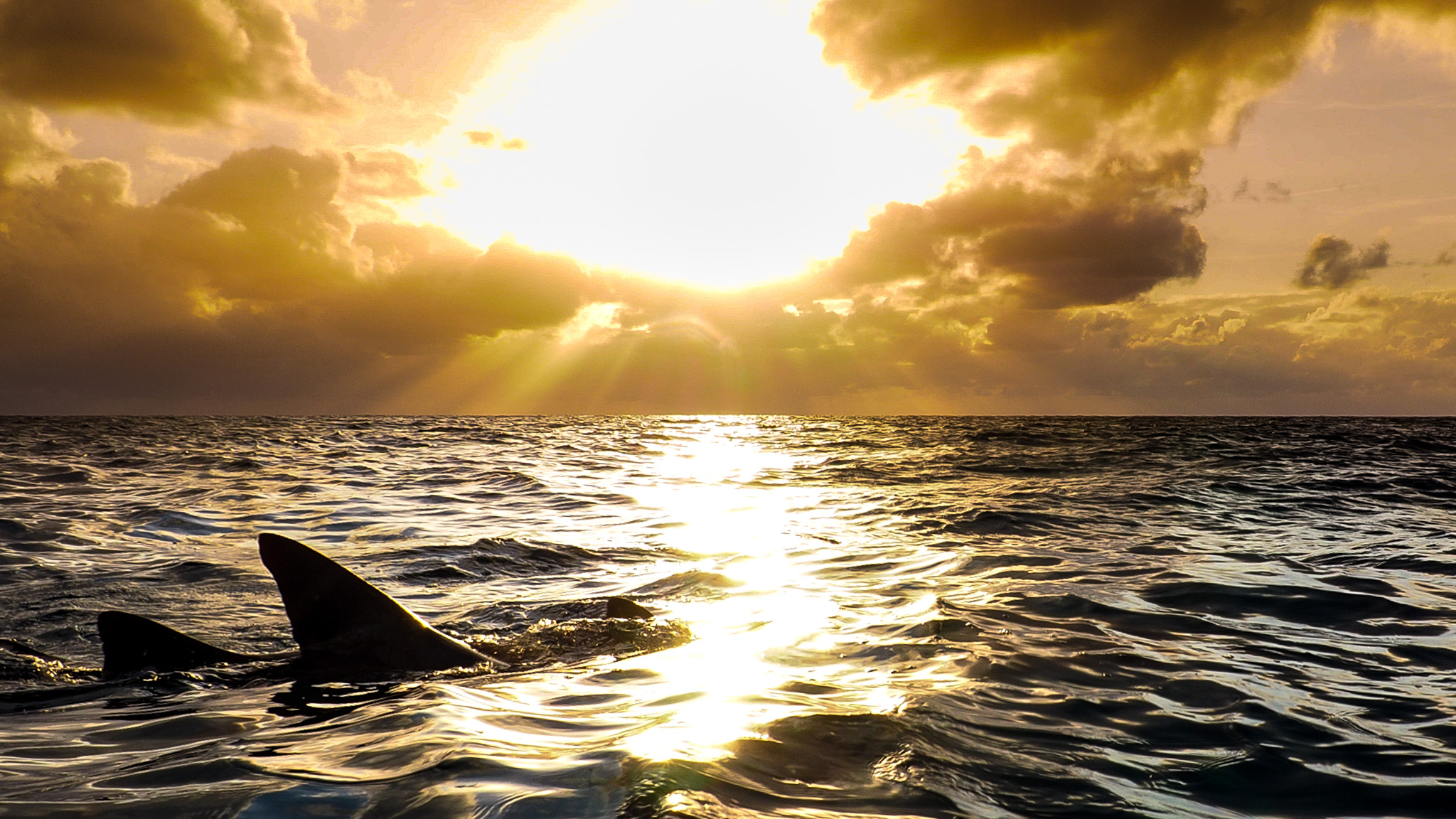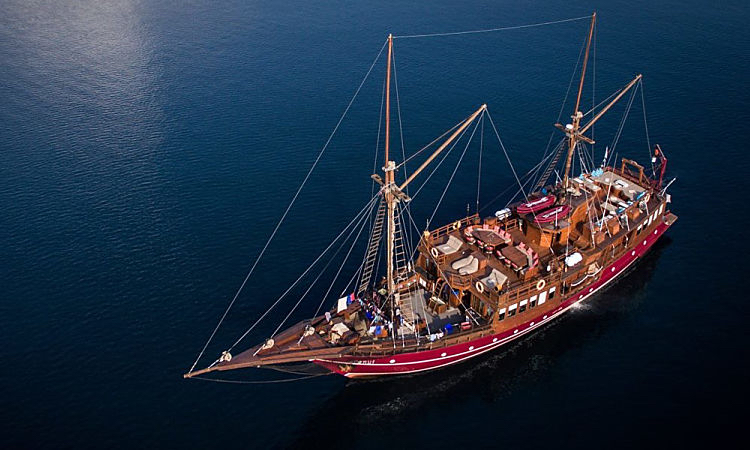
To help you plan your trip, we’ve prepared a list of basic information you’ll want to know before you book. Once your trip has been reserved, you’ll receive pre-departure information with all the details you need for your adventure.
The Bahamas are served by several airlines, such as American Airlines via Miami, Delta Airlines via Atlanta and Bahamas Air via Fort Lauderdale. There are two international airports in the Bahamas, Grand Bahama (Freeport) and Lynden Pindling (Nassau) as well as multiple domestic airports on the various islands.
The Bahamas liveaboards we work with depart from varying ports, both in Florida (Palm Beach), and the Bahamas (Nassau, Freeport, West End). We will provide detailed information at the time of your booking and can help advise you regarding your international and domestic flight schedules.
We recommend you arrive in the Bahamas one day in advance of your cruise departure so you can start your diving holiday well rested. If you do not remain for any additional nights after your cruise, please allow plenty of time for the transfer to the airport and check in.
No visa is required for entering the Bahamas for EU countries, Canada and most other Western countries. However, we always recommend checking for updates and changes with the nearest Bahamas embassy or consulate.
Please make sure that your passport has validity of at least 6 months beyond the period you intend to stay in the Bahamas.
Upon arriving in the Bahamas, non-residents must fill out and sign an Immigration form. After processing, a portion of the card is returned to you until your departure.
When departing the Bahamas, residents and visitors alike (six years and over) must pay a Departure Tax of approximately $20.
The Bahamas has a tropical savannah climate, with temperatures averaging between 25° and 32°C (77°- 90° F) all year round. The average ambient temperature is 27°C (80°F). During winter (November through to April) temperatures are mild and range from 65° to 85°F with lots of sunshine and little rainfall. The rainy season occurs during summer (June through October), with warmer temperatures and increased humidity. Air temperatures range from 85° to 95°F.
On rare occasions hurricanes do affect the Bahamas. The hurricane season is from June to November with the peak storm risk in August & September.
Water temperatures vary by season and range from 22°C in January to 28°C (72-84°F) in August.
Winter low temperatures (January through March) range between 70°-72° F (wetsuit diving), while April may reach 75°- 77°F and May 77°- 80°F. Summer temperatures rise range from the lower 80’s to mid 80’s F. Autumn water temperatures stay above 80°F until the first cold front arrives during November.
With 700 islands and cays one can easily imagine the variety of dive sites on offer in the Bahamas: wrecks, caves, blue holes, tropical reefs and the shallow sandy bottoms where most of the shark diving spots are found.
The visibility in the Bahamas is frequently as good as 24 – 30 meters/80 – 100 feet and currents are not the norm. However, it is recommended divers have experience beyond beginner level to ensure maximum enjoyment, especially with the nature of the wildlife in the area.
The ridges and banks of the Bahamas offer hotspots for swimming, free-diving and snorkeling with pods of wild Atlantic spotted and bottlenose dolphins.
The Exumas trips include diverse topography including walls & pinnacles and reefs with abundant life. You’ll find plenty of pelagic action here, particularly on the Atlantic side.
At Bimini underwater cliffs drop hundreds of meters into the blue abyss offering incredible vertical wall dives but the main attraction, from November to April, is the aggregation of great hammerhead sharks. Diving is in fairly shallow, clear water with a sandy white bottom. The hammerheads float above the sparkling backdrop and you’ll be right in with them. You’ll find both liveaboard and land-based options.
Tiger Beach, everyone’s favorite tiger shark hot spot, offers diving in shallow, turquoise waters with a white sandy bottom which can be like diving in a swimming pool in the right weather conditions. Photo ops are extraordinary. And, because you’re in shallow water, the liveaboards have few restrictions regarding how many dives you can do. The Capitain is the boss, however, if weather gets rough.
Around Cat Island you find more calm, crystal-clear water with gentle current allowing for countless photography opportunities. Guests are able to spend hours in the water with the sharks on snorkel, as well as SCUBA since the dives are shallow. Even though you’re typically drifting over bottomless ocean, the sharks remain close to the surface and dive time is nearly unlimited.
The Bahamas caters to all levels of diving experience and most dive sites can be tailored to a diver’s level.
However, for trips with an emphasis on shark diving more experience may be required. Please speak with us about your experience level so that we can best guide your decisions.
Seasonal differences bring different pelagic fish concentrations.
At Bimini Between November and April great hammerheads and bull sharks are common. Tiger Beach is known for year-round diving and it would be difficult to say when is the best season. Many divers prefer September through March as the weather conditions are generally more favorable during those months.
Cat Island offers encounters with oceanic whitetip sharks in March and April.
For reef diving in the Bahamas, you can choose anytime in the year … remembering again that summer months bring the risk of hurricane weather.
Rental dive equipment is available on board all the Bahamas liveaboards but must be pre-booked.
Most guests are comfortable diving in a 3mm or 5mm full wetsuit.
No specific vaccinations are required to visit the Bahamas.
In the Bahamas, medical care is generally very satisfactory and medical facilities are comparable to what you would find in most developed countries. The most modern facilities are located in Nassau and Freeport, however, medical facilities can be found on virtually all islands.
The sun is also a factor to consider, take sun-screen and long sleeved shirts.
Current studies show that you should wait at least 24 hours after multiple days with repetitive diving before flying. Please keep this in mind before you book your onward international or domestic flights.
The local currency in the Bahamas is the Bahamian Dollar (BSD) and it is pegged to the US Dollar (1BSD = 1 USD). Most forms of payment are accepted: international credit cards, legal bank notes, traveller’s cheques. There are ATM’s on most islands.
National Park fees apply and some liveaboards also charge a port fee.
Travel insurance : We strongly recommend comprehensive travel insurance to cover against unforeseeable events including personal & business impediments, illness, travel delays and missed flight connections. We hate seeing any of our clients fall into the category of unfortunate travelers who are without coverage for unexpected circumstances
Diving insurance: the liveaboards now require diving insurance. You must not confuse regular travel medical and/or travel insurance with diving-specific insurance such as DAN (Divers Alert Network) or Dive Assure. This type of insurance will cover all of your scuba diving and snorkeling activities, including the costs for recompression chamber treatment and emergency air evacuation. These are not covered by the average travel insurance.
We recommend Dive Assure as they are one of the few companies who offer insurance which includes general travel insurance, including trip cancellation …. plus full dive coverage.
Click here or on the button in the side panel to access Dive Assure directly.
Our tailor made Liveaboard Finder. It’s the easiest way to see the best offers, check availability in different destinations and get diving quickly!
